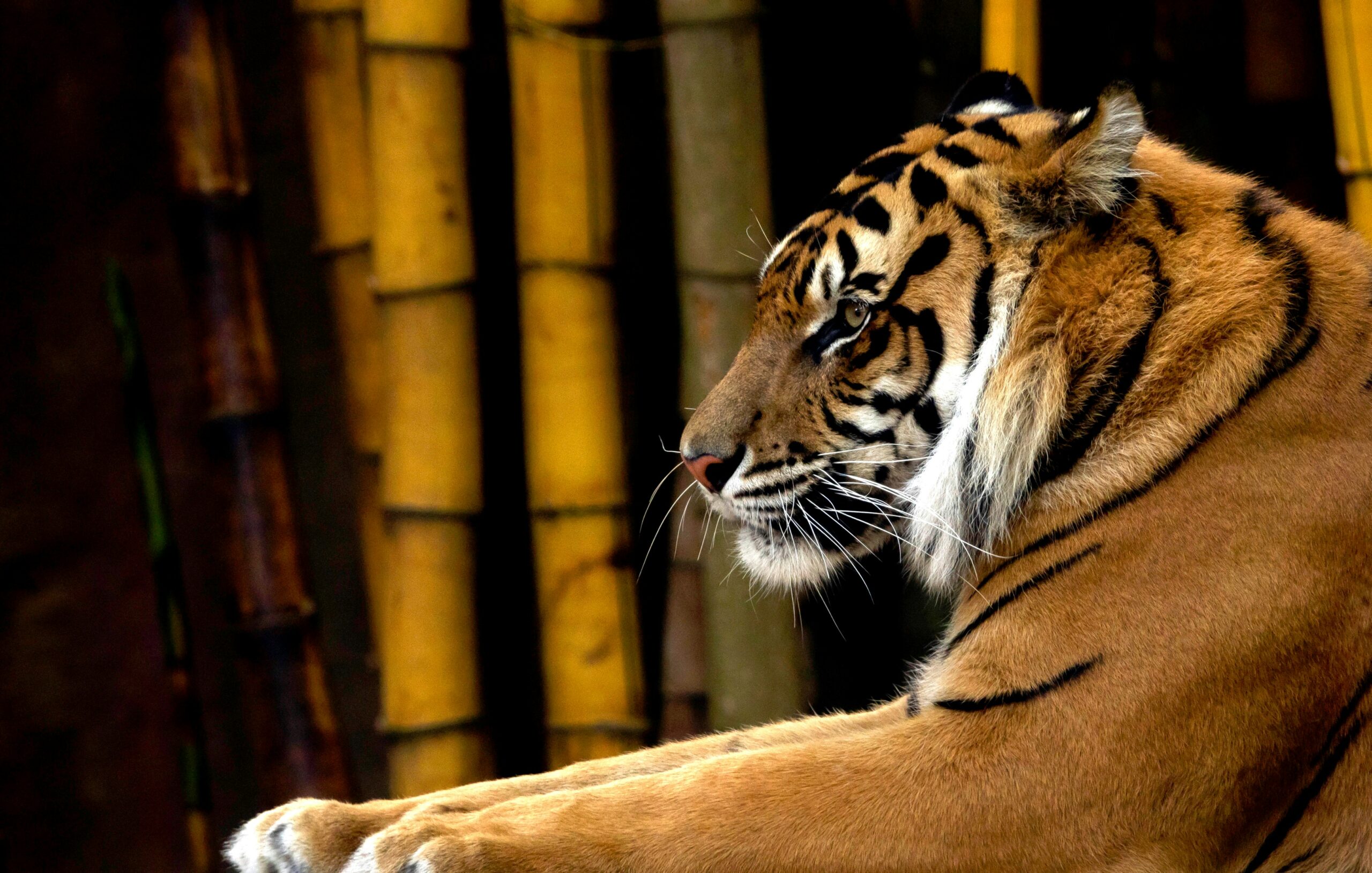The Vital Role of Carnivore in Maintaining Ecosystem Balance
The Vital Role of Carnivores in Maintaining Ecosystem Balance
When we think of carnivores, we often envision fierce predators hunting their prey. While this image may be accurate, carnivores play a much larger and vital role in maintaining the balance of ecosystems. From regulating prey populations to shaping the structure of habitats, carnivores are essential for the overall health and functioning of our planet’s ecosystems.
Regulating Prey Populations
Carnivores play a crucial role in controlling the populations of their prey. By preying on herbivores, carnivores help regulate their numbers and prevent overgrazing. This, in turn, allows vegetation to thrive and provides a balanced food chain. Without carnivores, herbivore populations could explode, leading to the depletion of plant resources and disrupting the delicate balance of the ecosystem.
For example, in Yellowstone National Park, the reintroduction of gray wolves had a profound impact on the ecosystem. The presence of wolves led to a decrease in elk populations, which had been overgrazing the park’s vegetation. As a result, the vegetation rebounded, benefiting other species such as beavers, birds, and fish. This cascade effect demonstrates the importance of carnivores in maintaining ecosystem balance.
Controlling Disease Spread
Carnivores also play a critical role in controlling the spread of diseases within their prey populations. By targeting and removing sick or weak individuals, carnivores help prevent the transmission of diseases to healthy individuals. This natural form of disease control helps maintain the overall health and resilience of the ecosystem.
For instance, in the Serengeti ecosystem in Africa, lions and other large carnivores have been found to target and kill wildebeests infected with bovine tuberculosis. This behavior helps prevent the spread of the disease to the rest of the wildebeest population and other herbivores in the area. Without carnivores, the risk of disease outbreaks among prey populations would significantly increase, leading to potential ecological imbalances.
Shaping Habitat Structure
Carnivores also play a crucial role in shaping the structure of habitats. Through their hunting activities, carnivores influence the behavior and distribution of their prey, which, in turn, affects the vegetation and other organisms within the ecosystem.
For example, in the forests of North America, the presence of large carnivores such as bears and wolves has a direct impact on the behavior of herbivores like deer. The fear of predation influences deer movement patterns, causing them to avoid certain areas where they are more vulnerable. As a result, vegetation in those areas can regenerate and thrive, leading to increased biodiversity and healthier ecosystems.
Conservation and Coexistence
Recognizing the vital role of carnivores in maintaining ecosystem balance, conservation efforts have focused on protecting and restoring carnivore populations. By preserving their habitats and implementing conservation measures, we can ensure the long-term survival of these essential species.
However, it is also crucial to find ways for humans and carnivores to coexist peacefully. This involves implementing strategies to minimize human-wildlife conflicts and promoting sustainable practices that benefit both carnivores and local communities.
In conclusion, carnivores play a vital role in maintaining ecosystem balance. From regulating prey populations to controlling disease spread and shaping habitat structure, these apex predators are essential for the overall health and functioning of ecosystems. By understanding and appreciating their importance, we can work towards conserving and coexisting with these magnificent creatures.
